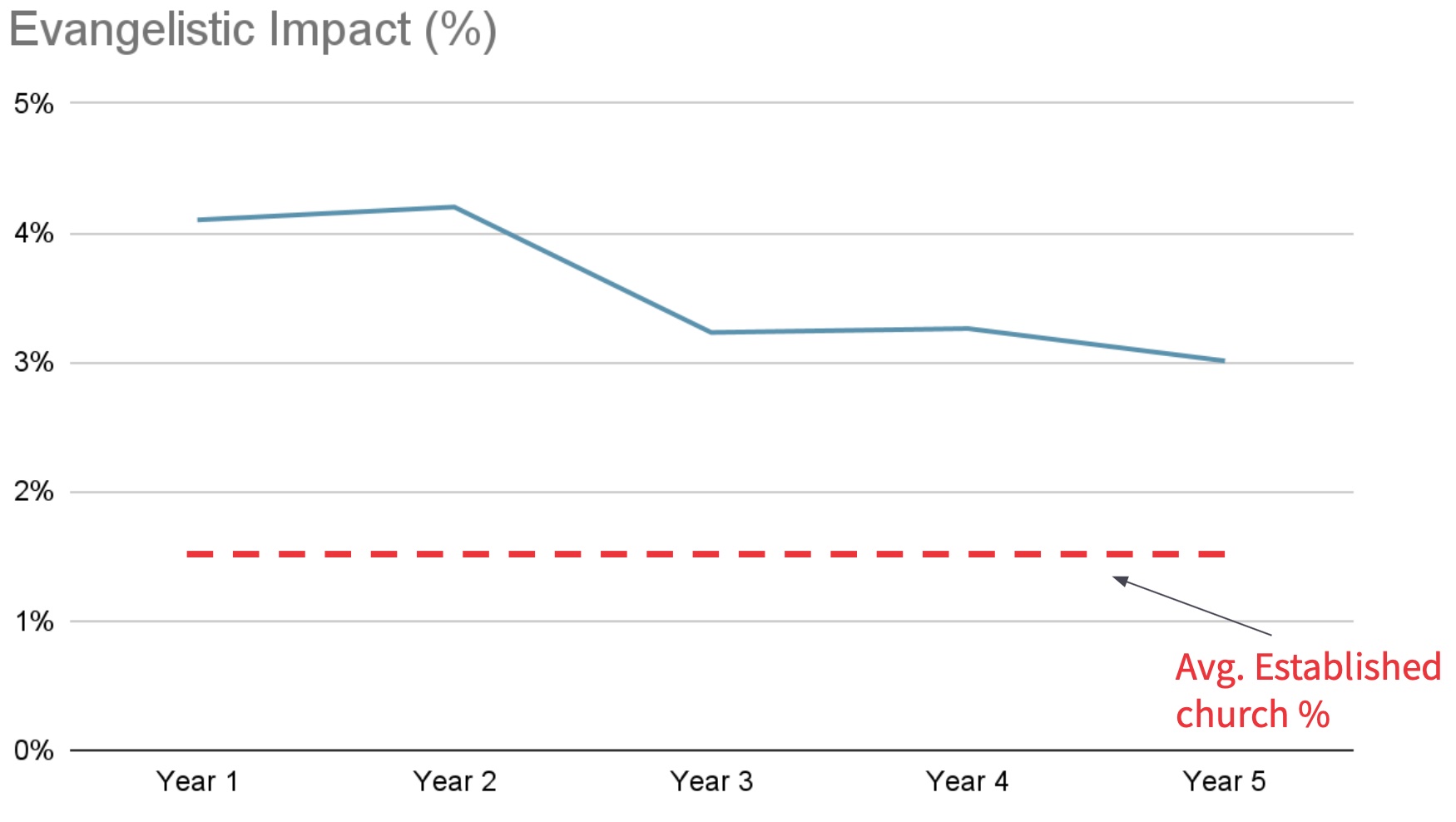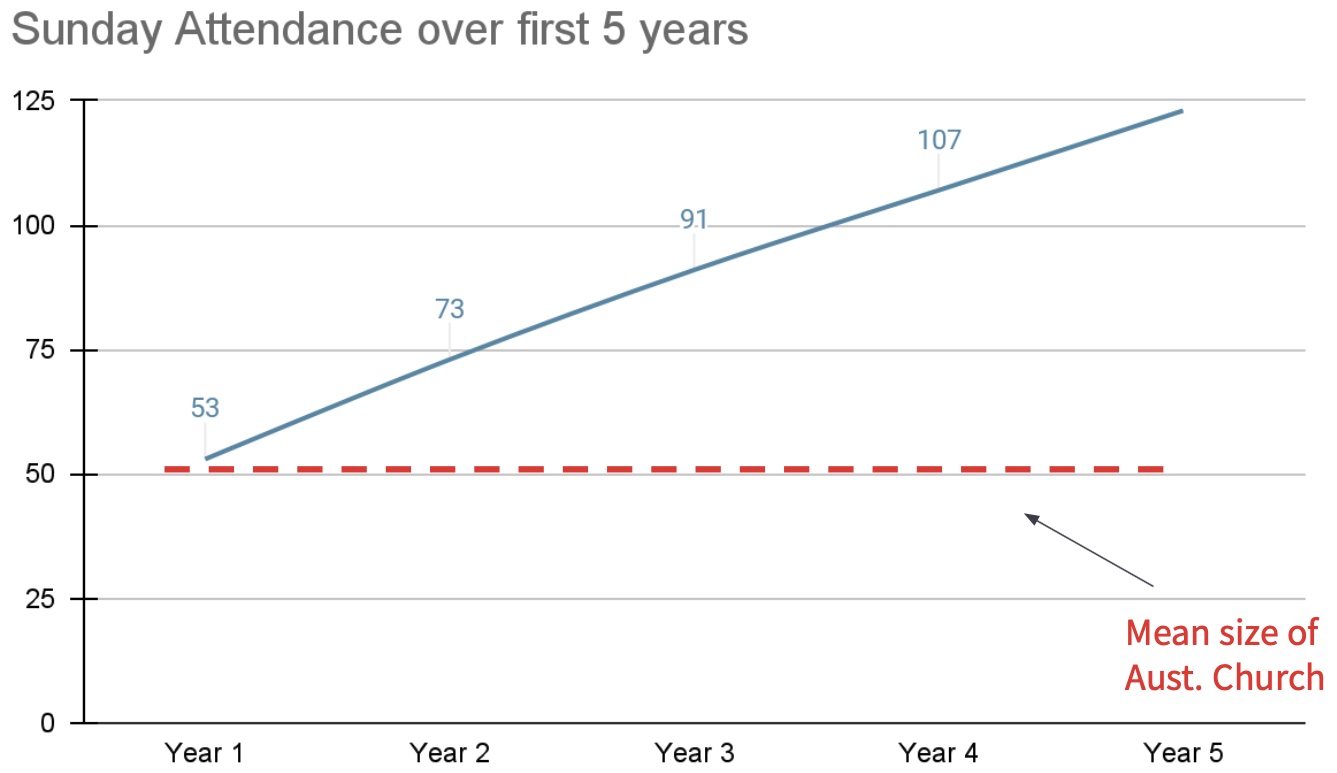While what we’ve presented above is just a snapshot of what we saw in the network learnings, it’s given us confirmation of some of the areas we’re already working in, and some encouragement to lean more strongly into others. Here’s some areas as a network, based on what we’ve seen in this survey, that we’re going to push into:
1 – Planters are healthier when they do it together. From the start, we’ve always been a network. Shared convictions, shared vision, shared learnings. We’ve seen over the years that the more we connect planters through training and coaching, the healthier both them and their churches are. To this end, we’re committed to continuing to keep sowing into our bootcamp trainings for planters (men & women), the cohort connections between planters in the same stage as well as those who have gone before them, growing the wives network, and walking alongside those who have a heart for the lost and want to explore planting.
2 – We need to keep our eye on missional effectiveness. We don’t want to just church plant. We want to see churches evangelised into existence…and keep evangelism at the heart of those churches that now exist. So as we saw in the network learnings survey, we want to help plants not only launch with missional effectiveness, but maintain that missional effectiveness over time even as they grapple with growth barriers. This has been, and will be, a key area of work for the next few years in the Reach Australia network, both for plants and established churches.
3 – Leaders are built not bought. Even as we give thanks for the 100+ churches that have been planted across the network, we know that we haven’t even scratched the surface of reaching Australia. And the biggest blockage to the next 200 church plants, and the hundreds of vacant established churches across Australia, are leaders. So, having already started, we’re investing significant time and energy into helping churches grow the leadership pipelines in their church for both mobilising saints for the work of ministry where they are, as well as raising up those they will send out into the harvest. Buying leaders is a short-term strategy. If we’re going to reach Australia, every church needs to be building leaders for the work of Gospel ministry wherever they are.
4 – There’s no silver bullet – we need to keep trying new things. That is, as we’ve done over the past 12 years, we need to keep exploring fresh and innovative ways of expressing the same Gospel in different cultures, at different times, to reach new people. Church Planting, and church planters, are uniquely placed to do this, but to do it, they need support, encouragement and permission as they do whatever it takes to see the lost come to know Jesus.




